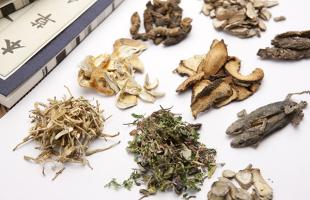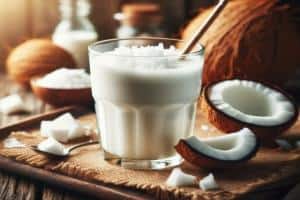Spices processing: 5 steps from cleaning to packaging
Spices have been used for centuries to add flavor and aroma to food. They are an essential part of many cuisines around the world, and their manufacturing process has evolved over time. In this article, we will discuss the steps involved in spices processing industry.
Step 1: Spices cleaning and Sorting
Once the spices are harvested, they are cleaned and sorted to remove any unwanted material such as dirt, stones, or twigs. This is usually done using a series of screens or sieves to separate the spices by size and weight. This process ensures that only high-quality spices are used in the manufacturing process.
Step 2: Spices drying
After cleaning and sorting, the spices are typically dried to remove any moisture. This is important because moisture can cause the spices to spoil or develop mold. Drying can be done using various methods such as sun drying, hot air drying, or freeze drying. The method used depends on the type of spice and the desired end product.
Step 3: Spices grinding
Once the spices are dry, they are ground into a fine powder using a spice grinder. The grinding process can be done manually or with the help of automated machinery. The powder is then sifted through vibrating sifter to remove any lumps or impurities.
Step 4: Spices blending
After grinding, the spices are often blended together to create unique blends with specific flavor profiles. For example, a common spice blend is curry powder, which typically contains a mix of coriander, cumin, turmeric, ginger, and other spices. The blends can be created manually or with the help of automated machinery.
Step 5: Spices packaging
The final step in manufacturing spices is to package them for distribution. The spices are typically packaged in air-tight containers to preserve their freshness and aroma. The packaging can be done manually or with the help of automated machinery.
In conclusion, spices processing involves a series of steps including spices cleaning, spice sorting, spice drying, spice grinding, spices blending, and spices packaging. Each step is critical to ensuring that the final product is of high quality and has the desired flavor and aroma. With the help of modern technology, the spice processing has become more efficient, but the traditional methods of harvesting and drying are still widely used in many parts of the world.






